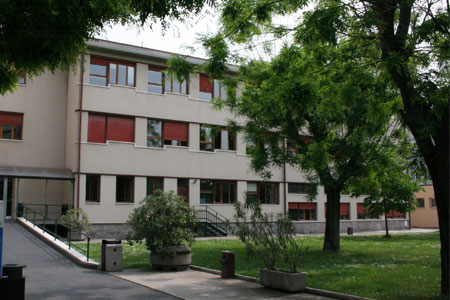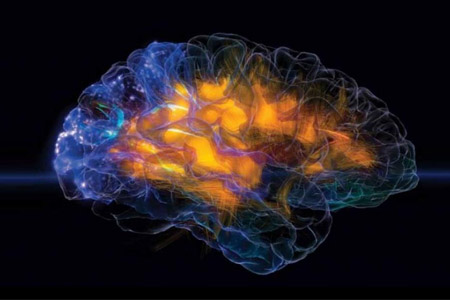Context. Runx2, a master gene of osteogenic differentiation, is expressed in non-osseous cancer cells too. Microcalcifications are characteristic of papillary thyroid carcinoma and represent a useful find for diagnosis. However, the molecular expression of osteogenic differentiation transcription factor Runx2 has been poorly investigated in this tumour.
Objective. The aim of this study was to investigate Runx2 mRNA expression in normal and pathologic thyroid tissue, serum and circulating non hematopoietic cells.
Setting. The study was performed in the Endocrine Unit of Internal Medicine of “Azienda Ospedaliera Universitaria Integrata of Verona, Italy”.
Patients. We enrolled 12 patients with a papillary thyroid carcinoma (PTC), who had undergone total thyroidectomy performed by the same surgeon. The results, obtained by Real-Time reverse transcription PCR, were compared with biological samples obtained from 13 sex and age-matched normal donors.
Results. Our data demonstrated that Runx2 mRNA is overexpressed (7.81 fold expression) in pathologic thyroid tissue than in normal tissue (p<0.05). Runx2 mRNA overexpression was also observed in serum and circulating non hematopoietic cells of PTC patients with respect to normal donors (5.91 fold expression, p<0.001; 3.82 fold expression, p< 0.05, respectively). We also observed that patients with microcalcifications expressed significantly higher levels of Runx2 mRNA in serum with respect to patients without microcalcifications (p<0.05).
Conclusion. This study can open up new research perspectives in the diagnosis and follow-up of PTC even if further and larger cohort studies will be necessary in order to validate the Runx2 expression as biomarkers in thyroid cancer







